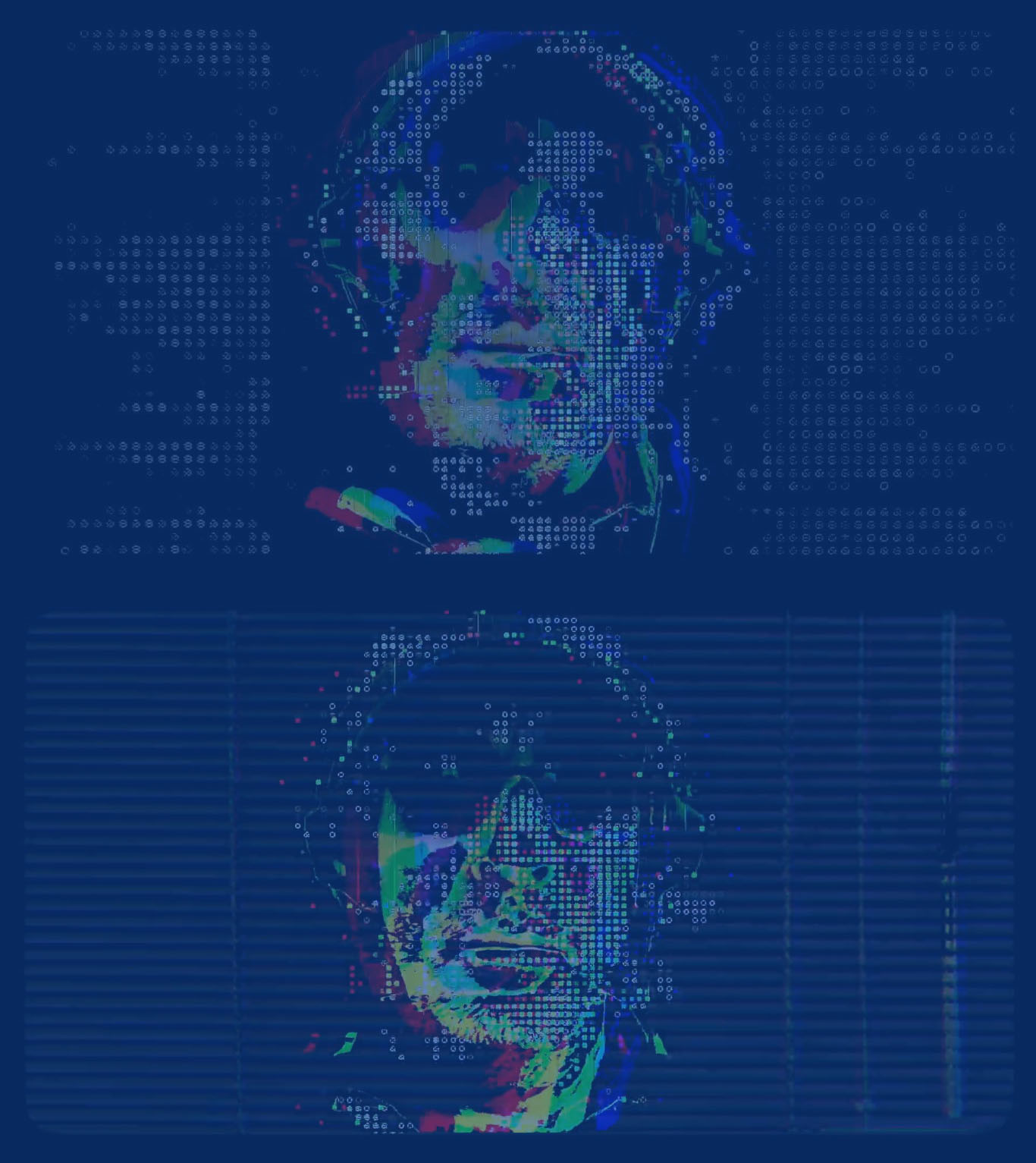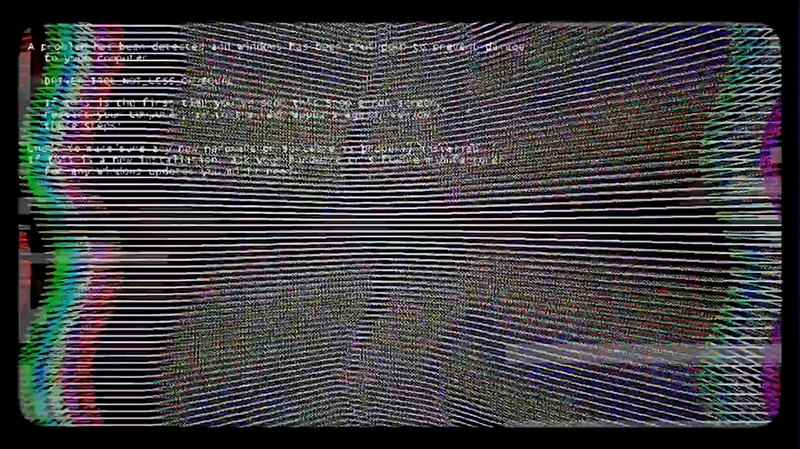
Rafael Timoner is a multidisciplinary artist (painting, sculpture, engraving, photography, installations…) whose body of work has always been characterized by a minimal and conceptual style, in constant experimentation, and constantly incorporating new techniques which led him to use sound and video synthesis integrating his sculptural and multimedia installations.
In his case, the use of sound is not subject to any law or musical theory, he’d rather think of musical pigments, tones, textures in paint, or welds, oxides and brilliance of sculptural metals… Mutating into frequencies, tones, tonalities, rhythms, times… and thus becoming part of his new “palette”.
Our Session offers his latest audiovisual work, ECP (Error Correction Protocol), with sounds created with his Tokyo Tape Music Center system based on the legendary Buchla100, in addition to field recordings, sounds produced by the same devices used, tape delays, electromagnetic sensors, contact microphones, condensation microphones, omnidirectional sensors, mixing and adding noises recorded from body movements, fingers, hands, feet, from internal organs, breathing, and from others accidental and unexpected origins.
The album’s title is inspired by the error correction protocols used in data transmission/reception as well as data storage.
In the videos produced for this project, the devices used appear in contrast to images and codes from the protocols that, at the same time, give title to each track/binary numbered, The constant images of hands and their gestural movements are the link between the entire audio visual project.
He had already graced us with that wonderful Session : “In_Somnia”
https://modulisme.info/session/49/
With great pleasure we welcome him back on board. ENJOY !
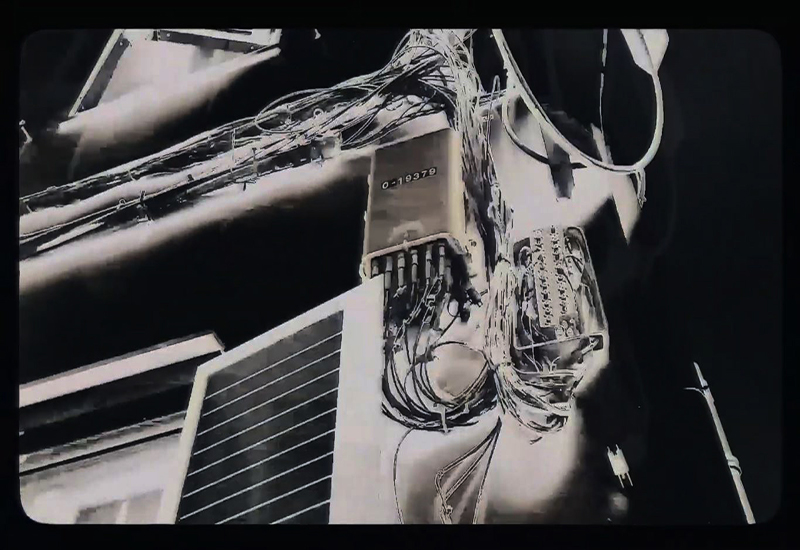
It’s been 3 years since the release of your Session “In_Somnia”. Can you tell us about your activities since then?
A lot has happened during those three years.
The most significant is a new move, a return to my origin, my land, the island where I was born: Menorca.
A change of studio, home, life… Which affects the creative state in some way. In my case, returning to my origins, after almost 40 years living around the world, had a powerful impact.
Once in my new residence, the first thing was the installation of my studio, part for the equipment, and another part for the art work. Once that was accomplished I could return to activity.
I was lucky that going back to Menorca coincided with an invitation I received to participate in the project of two exhibitions that were part of the “candidacy” of “Talayotic Menorca” to be named a world heritage site by UNESCO. A sculptural-multimedia installation, “Cosmic Waves Receiver”, composed of video projection, audio, sound equipment, two sculptural elements, one conical with a built-in subwoofer, on a square base containing water reacting to the frequencies of the audio track, just like the images in the video…
This project was first exhibited in the capital of Menorca, Mahón at “Centre Cultural C’an Oliver”, and later in another city, Ciudadela at “Antigua Iglesia del Roser”.
Recently, the audiovisual part of the same project (Cosmic Waves Receiver) has been exhibited in Funchal (Portugal) having been selected to participate in the video art festival “Transgression: art + technology” curated by Hernando Urrutia.
At the end of this project, I focused for a while on the new album : “Buch-La-La-Loop”, which was published about 1 year ago and available on Bandcamp… And then could start working on this new session for Modulisme.
In parallel, I have concentrated on a project of two exhibitions that will be held in the summer, in Mallorca and Menorca. It is about the a project initiated in Cuba, 25 years ago, during a long stay there, practically unpublished, and the one that I had pending to recover, and finally achieved it: “Sigue Creyendo Cosas” (Cuba 1999/2000, Reloaded 2024).
You’ve often changed instruments, from Eurorack to Buchla, and now you seem to have stabilized.
What motivated your choice of instrument in the end?
I really acumulated a massive system with hundreds of modules, with up to 6 Doepfer monster cases. Having experimented with almost all the brands on the market, there were powerful reasons that made me opt for two specific systems, both Eurorack: Serge by Random Source, and Catalyst Audio/Buchla Red Panel/ Tokyo Tape Music Center Buchla 100. I sold all my other modules to, little by little, complete these two systems… And the fever automatically went down, the anxiety and stress are now gone and I’m happy with what I have.
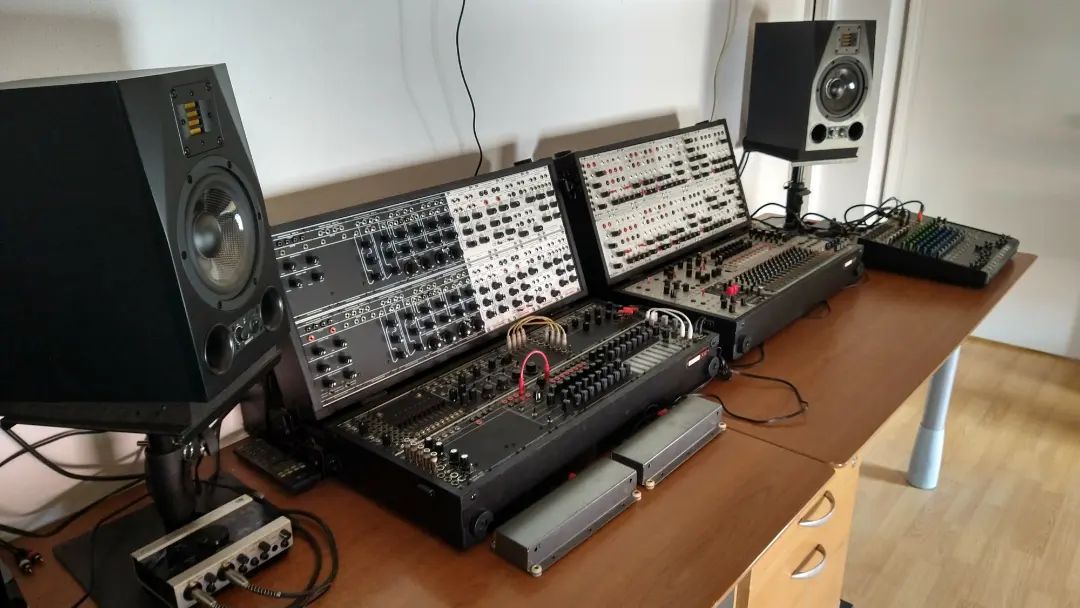
Are you playing in groups, improvising? How do you approach live these days? Do you need an interaction with an audience or are you happy with studio work?
I haven’t done any live performances yet except for streaming. I have made some sculptural/audiovisual installations with recorded sounds and video, it is something a little complex, but I am developing and studying systems that allow a live performance without dying in the attempt. Maybe I will be ready soon.
As a visual artist, with multimedia installations, with art exhibitions held… interaction with the public is really very important. In my opinion it is something fundamental that gives meaning to the work, a work without an audience is like an empty cinema : meaningless… Art is a form of expression and communication through the different senses, without an audience it is like a monologue in front of the mirror.
Do you find that you record straight with no overdubbing, or do you end up multi-tracking and editing tracks in post-production?
Wow, I’m very interested in the question, recently, in the present album, I have been developing this idea and using it mainly in the last track (1011. ATH (Ok. No Carrier), ending with an overdubbing done with the superposition and equalization of multiple tracks in addition to adding generous feedbacks to create that sensation thick and majestic sound.
I think I achieved something, at least I was very satisfied with the result.
I think I’ll continue using such technique in the future.
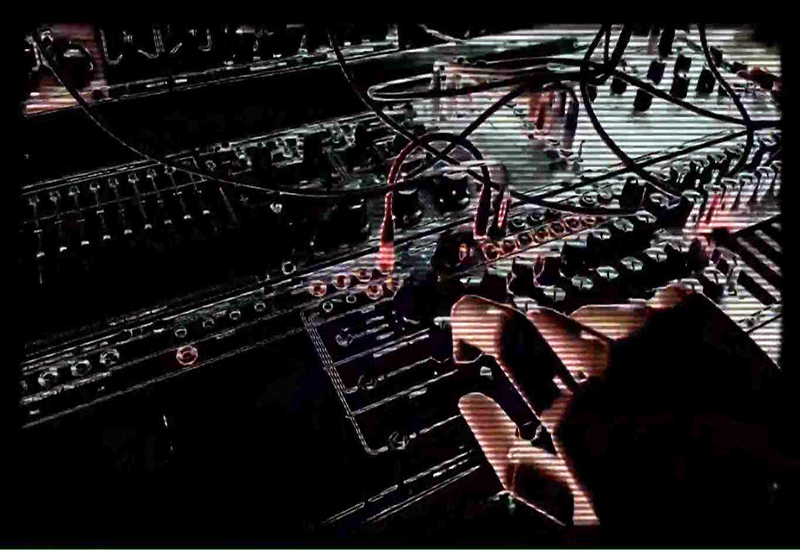
You are interested in gesture, physical move to create the music, right? What is your favorite way to achieve such expression?
Improvising, taking risks? Combining with other musicians playing the acoustic?
This Session is actually quite electroacoustic even if I have exclusively used my Tokyo Tape Music Center system, inspired by the legendary Buchla System100. But on this occasion I have used field recordings, recordings of the sounds produced by the instruments themselves, or noises produced by gestures with my hands, fingertips, feet, and even internal organs such as gastric sounds.
As for equipment, I have frequently used a vintage tape delay (Vorg), different contact microphones, electromagnetic sensors (Elektrouši by Lom), omnidirectional seismic sensors (Geofón by Lom), also, of course, some envelope followers, etc…
And finally, improvisation is experimentacion, as Picasso once said : “I don’t search, I find”.
How were you first acquainted to Modular Synthesis? When did that happen and what did you think of it at the time?
It was a slow process, summarizing from the instruments I started with an Arturia minibrute with a small rackbrute that grew, I added two semi-modular ones from Moog : Mother 32 and DFAM…
When it became too small I went on to acquire and replace the equipment with Doepfer monster cases, going too far, to the point of going the other way… less is more… and from there I reduced with two MDR travel cases, one for each system that I finally considered the best for me: an Euro Buchla100 and a Serge R*S.
I am pleased to have two compact and powerful systems, it is all I need.
At the same time simplicity and compatibility are essential issues for me.
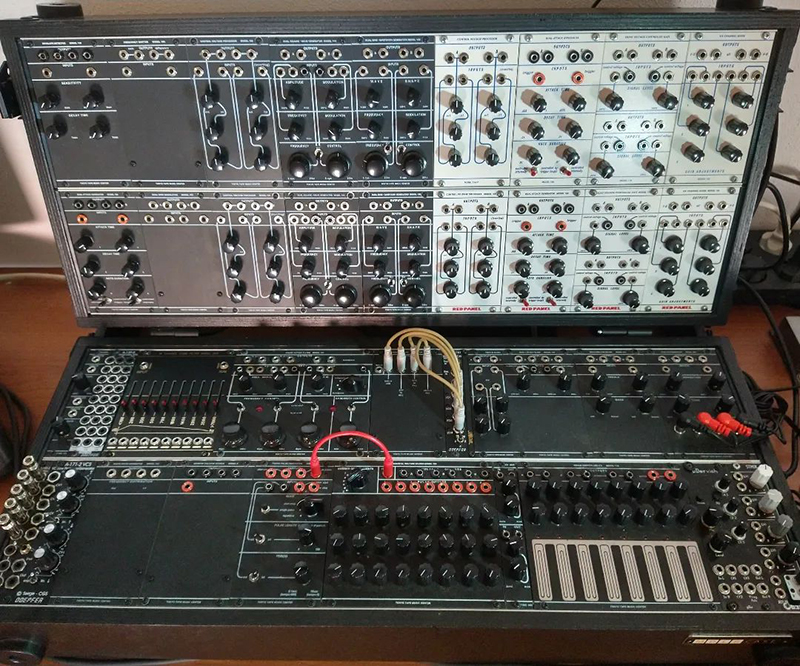
When did you buy your first system? What was your first module or system?
I bought my first module 8 or 9 years ago, something very simple, a Doefer Basic VCO…
The truth is that I was afraid, I knew absolutely nothing about modular synthesizers, thus it was a long road and with a lot of effort to learn. I was losing my fear and I threw myself into the void, until I stopped to meditate, think and rationalize. The danger is obvious, it is a very expensive vice.
My advice is to be extremely cautious. Brands have their business and launch new modules constantly… See, hear and listen, but follow the path of your own needs. I no longer see demos of new modules if they do not complete one of my two existing systems.
How long did it take for you to become accustomed to patching your own synthesizer together out of its component parts?
As I was a novice, it took me a while and a lot of dedication.
I practiced daily, read manuals, watched demos, etc… perhaps the process lasted between 3 and 5 years, until I began to know what I had in my hands and I felt comfortable and sure. But there are things that are learned and discovered by experimenting and doing even the most incorrect things, which to me is the most interesting thing about a modular system.
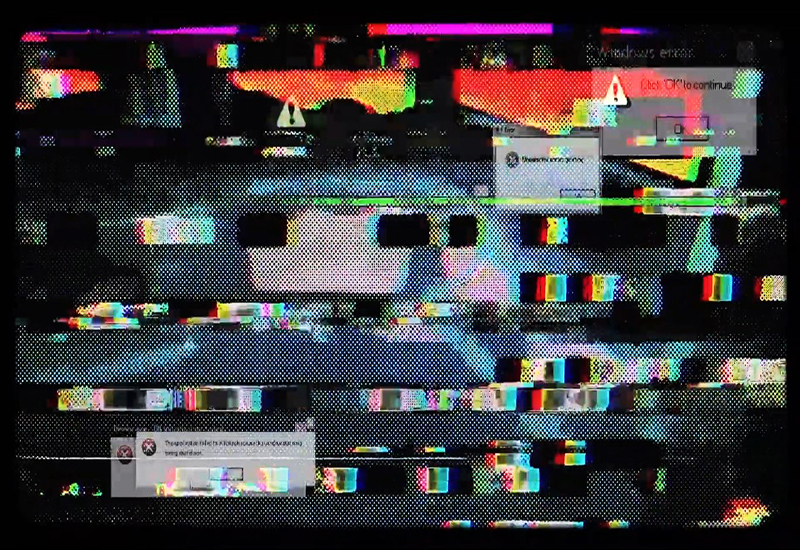
What was the effect of that discovery on your compositional process? On your existence?
In my case I was interested in sound design using pure analog equipment.
Being a visual artist, my interest was in using sound as a new element in my art installations. Currently, with everything I have learned, I have returned a little to my origins and taking advantage of everything I experienced.
My path has always been one of experimentation, constant learning, exploring new techniques and adding resources to my own artistic language.
How has your instrumentarium been evolving, how do you complete your systems?
I have added some new non-modular elements to my system : electromagnetic sensors, contact microphones, condensation microphones, omnidirectional sensors, tape delays, other effects, etc… You could say that my system has become a little more “electroacoustic”, motivated by a project that I want to carry out about a specific geographical location in the island of Menorca.
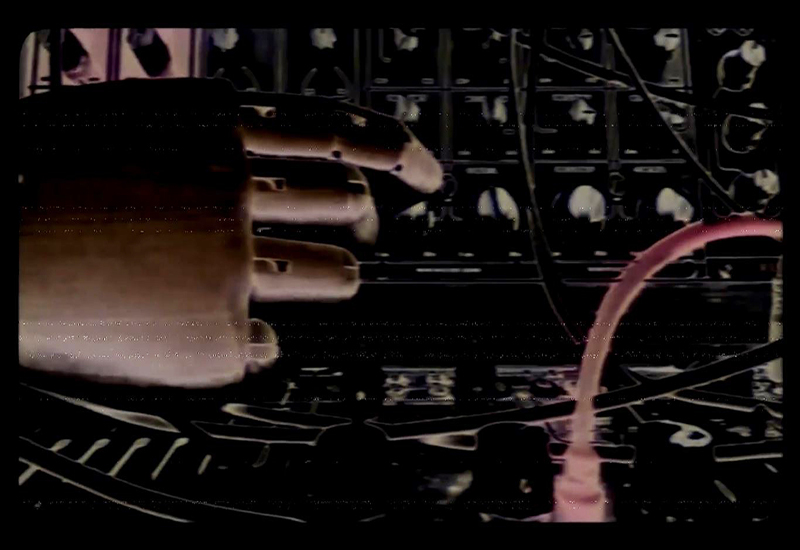
Would you say that the choice of an instrument can be an integral part of your compositional process?
Without a doubt, absolutely!
Would you please describe the system you used to create the music for us?
For this session I have only used my modular synthesizer based on the Buchla system 100 from Tokyo Tape Music Center.
In addition to the synthesizer, I have used devices to capture and record real sounds or field recordings that I have also used with a vintage tape delay.
The recordings have been mixed and mastered on a computer with Ableton Live.
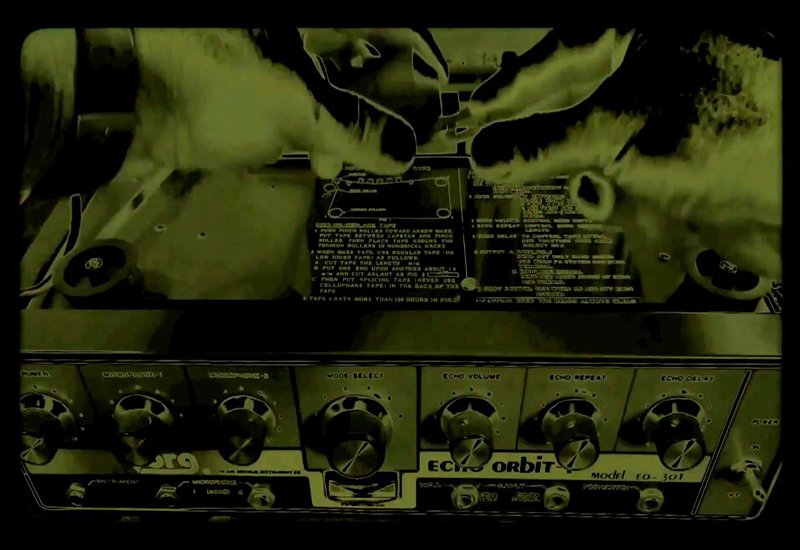
Do you pre-patch your system when playing live, or do you tend to improvise on the spot?
My first approach is to patch from scratch, testing ideas until I find something interesting.
Other times I start from an idea that I try to make sound. At the moment I have no experience playing live…
What would be the system you are dreaming of?
Probably an original Buchla or a vintage Serge, both 4U.
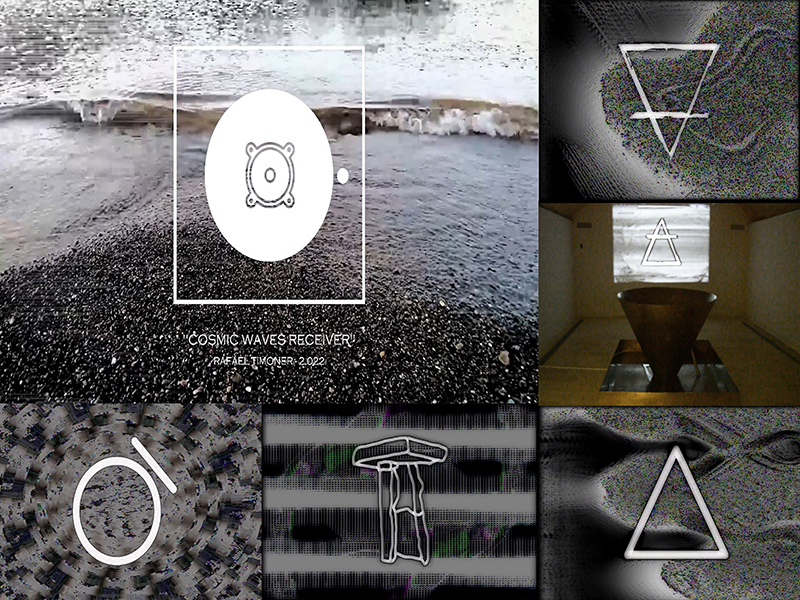
Which pioneers in Modularism influenced you and why?
I don’t know if they have influenced me directly, but they have served as a learning experience for me, almost everyone I have listened to: Suzanne Ciani, Morton Subotnick, Doug Lynner, Éliane Radigue, Pierre Schaeffer, Karlheinz Stockhausen, Bernard Parmegiani, John Cage… as well as many others…
Are you feeling close to some other contemporary Modularists? Which ones?
Well, there are many whose music I like a lot, and I have a friendship or contact with some of them:
Christer Déman, Francisco Meirino, Julien Palomo, Kuro, Alina Kalancea, Yan Proefrock, Haythem Zakaria, Eryck Abecassis, Philippe Petite…

Any advice you could share for those willing to start or develop their “Modulisme”?
Don’t go crazy, carefully think about what you want and what you need in order to achieve your goals.
Then move on and build your own system without letting your fever rise… if you can…
Below the video of each piece of the album in the right order:
